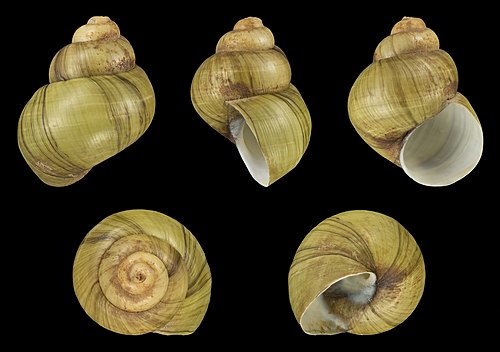User:Highfields/MP/1
|
|
Eighteen tropical cyclones formed during the 1993 Pacific hurricane season, an event in the annual formation of tropical cyclones over the Pacific Ocean north of the Equator and east of the International Date Line. Fifteen cyclones developed into named tropical storms, of which eleven became hurricanes and nine became major hurricanes (Category 3 or higher on the Saffir–Simpson scale). The season officially began on May 15 in the Eastern Pacific proper (east of 140°W) and June 1 in the Central Pacific (140°W to the International Date Line), and ended on November 30. The most impactful storm of the season was Hurricane Calvin (pictured), which made landfall near Manzanillo in the Mexican state of Colima as a Category 2 hurricane; it killed more than 30 people, mainly due to significant flooding, and damages amounted to $32 million. (Full list...) |


